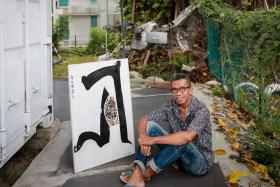Birthing traditions, making kueh and getai: Intangible cultural heritage practised in Singapore
Public feedback will be sought later this year on Singapore's second nomination for inscription on Unesco's intangible cultural heritage list.
Here are 10 elements that have made the National Heritage Board's shortlist for nomination.
1. Birthing traditions
• Each racial community has its own set of customs and practices that mainly revolve around helping mothers stay healthy before and after childbirth.
• Chinese, Malay and Indian communities in Singapore typically observe a confinement period after birth, where the mother is not allowed to leave home, to prevent her or the baby from contracting infectious diseases.
• Other postnatal practices include the use of a bengkung traditional wrap, and a special diet for the mother.
2. Dikir barat
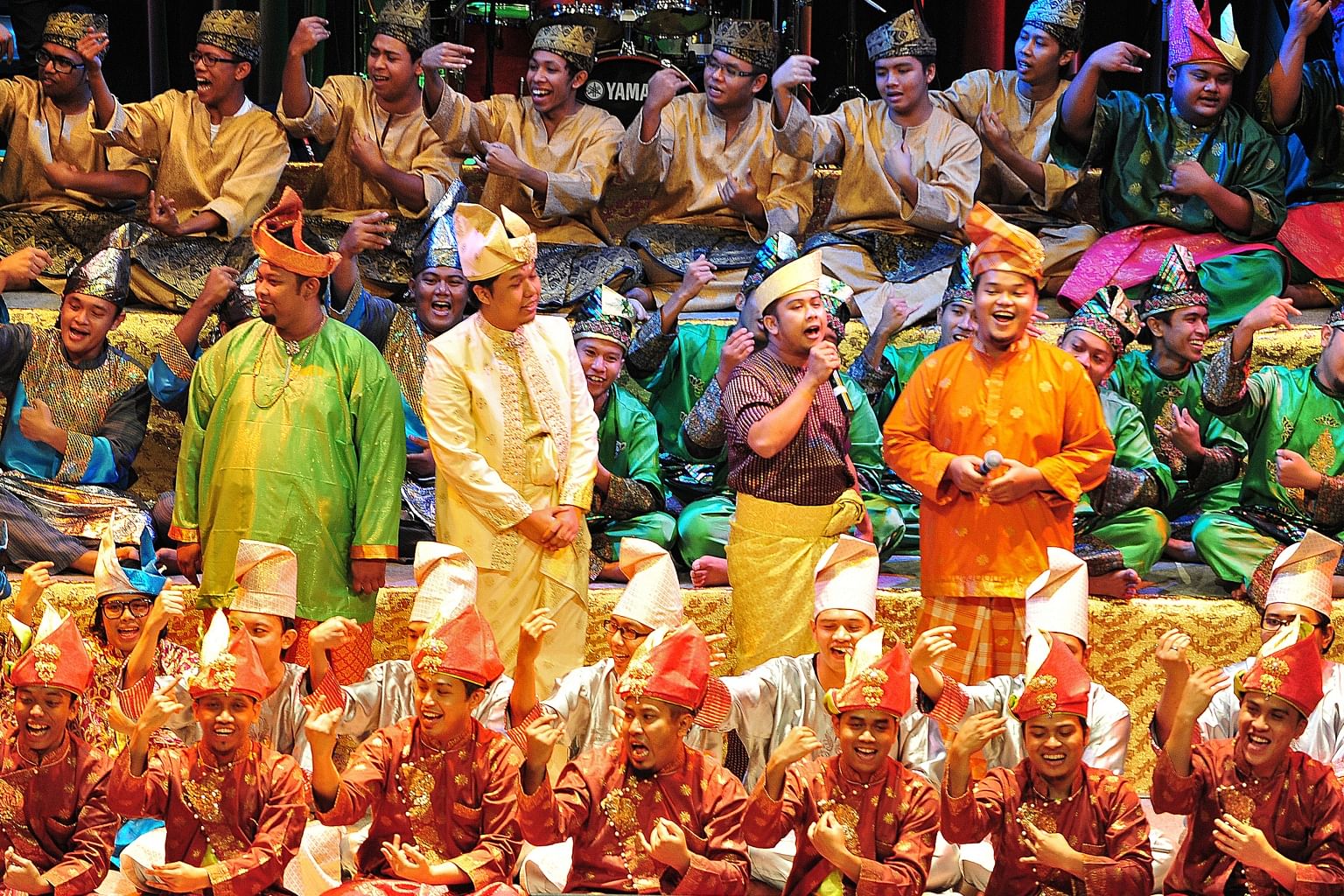
• The Malay art form involves singing, coordinated movements and the playing of instruments.
• Troupes are made up of a lead vocalist, a jester, a chorus of about 12 to 16 people and a percussion ensemble. They perform at weddings and festivals, and competitions are held frequently.
• There are about 70 to 90 active troupes in Singapore.
3. Getai
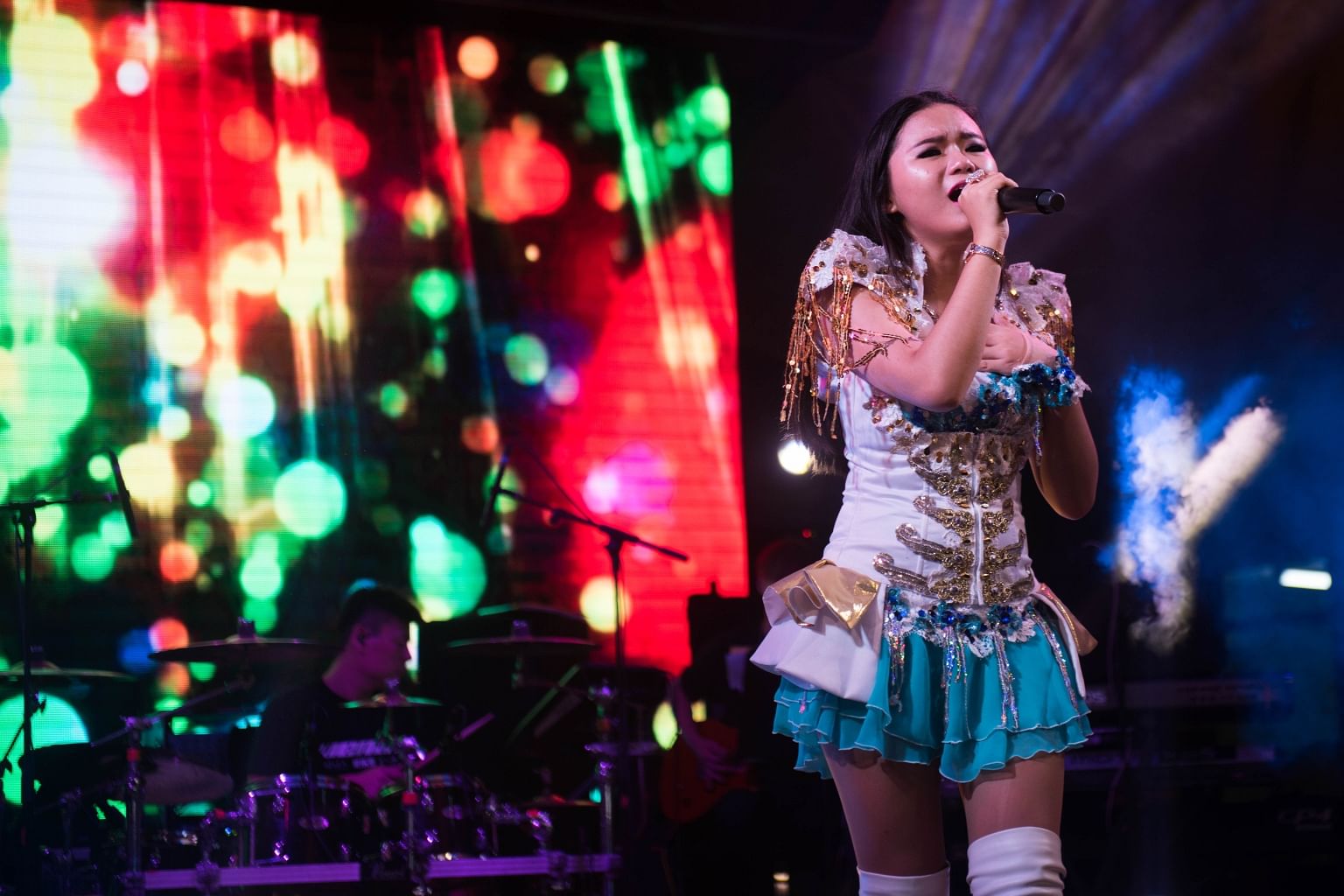
• This "song stage" is usually associated with the Hungry Ghost Festival, and has succeeded the Chinese operas and puppet shows of the past.
• The entertainment is usually in Hokkien, but audiences are treated to Cantonese and even Malay and Indonesian songs as well.
• Getai performances today are frequently organised by grassroots organisations.
4. Making and sharing as kueh
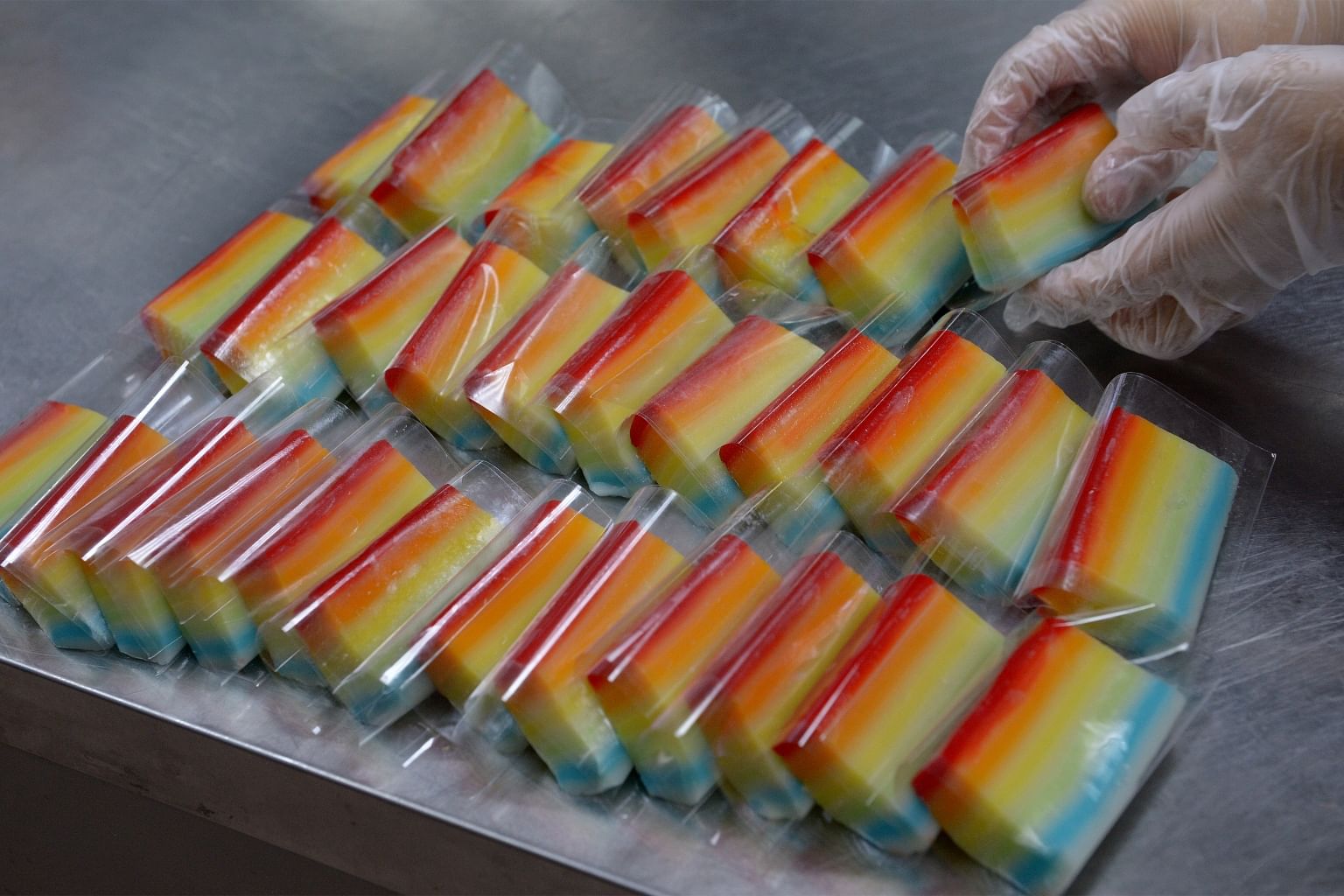
• The small snacks are frequently associated with the Malay and Peranakan communities, and are typically made within households, with recipes passed on from one generation to the next. Many of the snacks comprise glutinous rice, coconut and gula melaka.
• Among Chinese communities, kueh is also common with fillings such as peanut, mung bean and red bean.
• Savoury varieties include kueh pie tee and soon kueh.
5. Chingay Parade
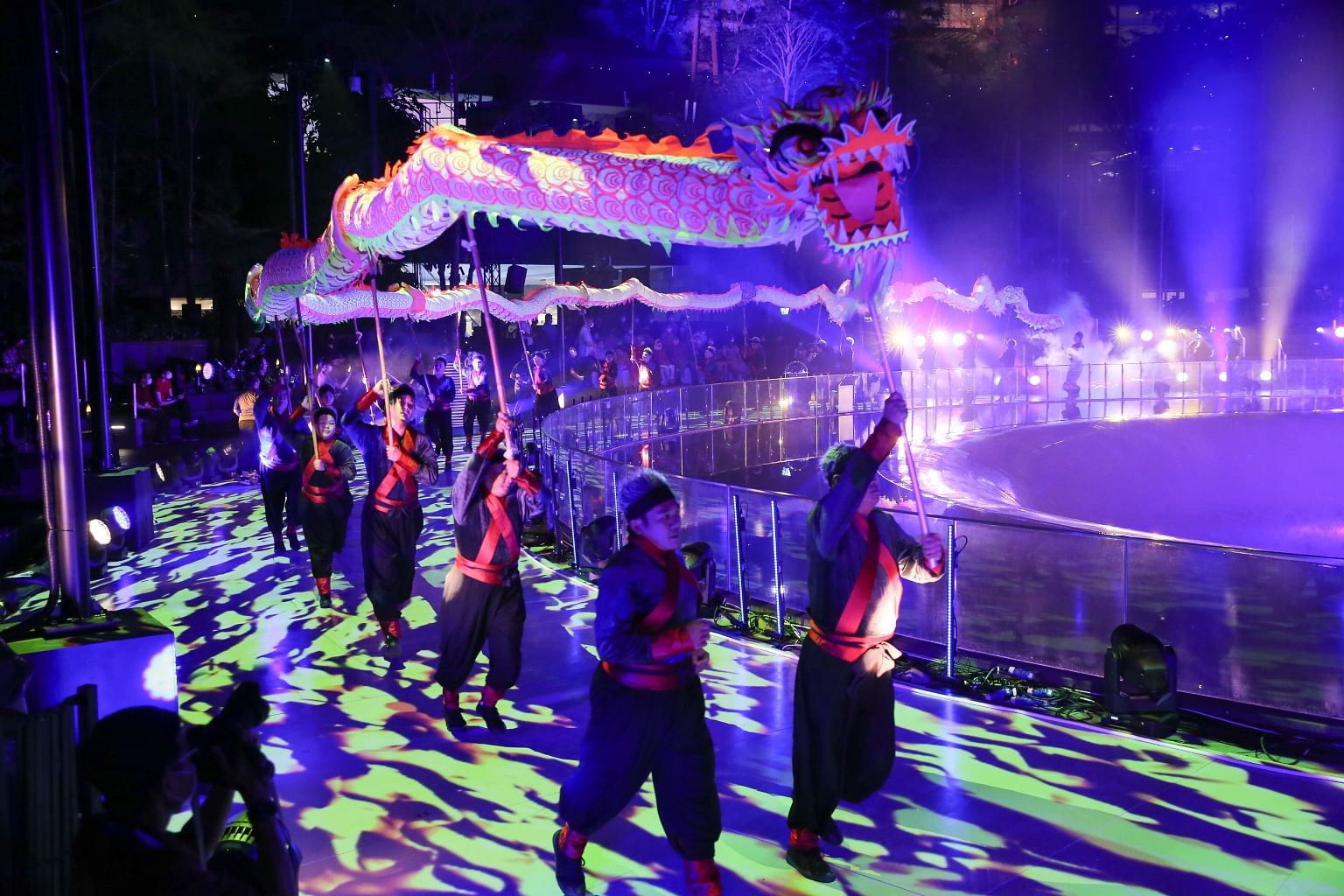
• Singapore's first modern Chingay parade took place in February 1973, following a suggestion by then Prime Minister Lee Kuan Yew that it would help spark a festive mood around Chinese New Year, after firecrackers were banned in June 1972.
• Chingay parades today are a multicultural affair involving performers from various groups such as schools and community organisations.
• Over the years, the parade has also included art and culture from overseas, with performers from countries such as Japan, Brazil and Slovenia.
6. Orchid cultivation

• The Singapore Botanic Gardens' first collection of orchids was established in the 19th century, when Henry James Murton was the Gardens' first superintendent from 1875 to 1880.
• The Gardens today are home to the National Orchid Garden, one of the largest orchid collections in the world, with more than 1,000 species and about 2,000 hybrids.
• Orchid diplomacy is often practised, with visiting foreign dignitaries getting new orchid hybrids named after them. More than 200 orchids have been named for dignitaries thus far.
7. Traditional medical practices
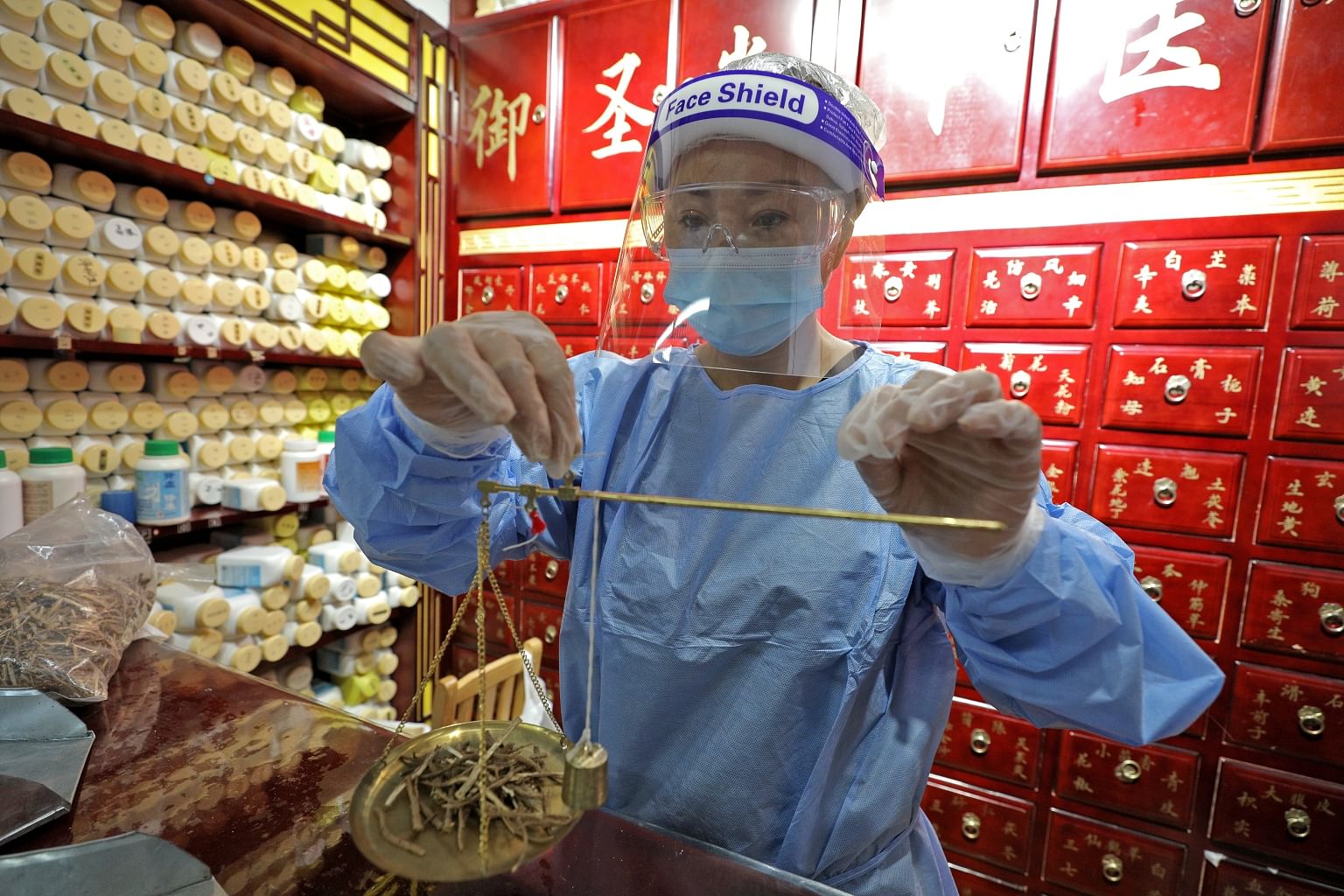
• They include the practices of various communities, such as traditional Chinese medicine, which dates back more than 2,000 years and involves techniques such as acupuncture.
• Traditional Malay medicine uses massages and herbal remedies such as jamu.
• Ayurveda, a form of Indian medicine, uses herbs and spices, massages, meditation and other techniques to restore balance in one's body.
8. Thaipusam
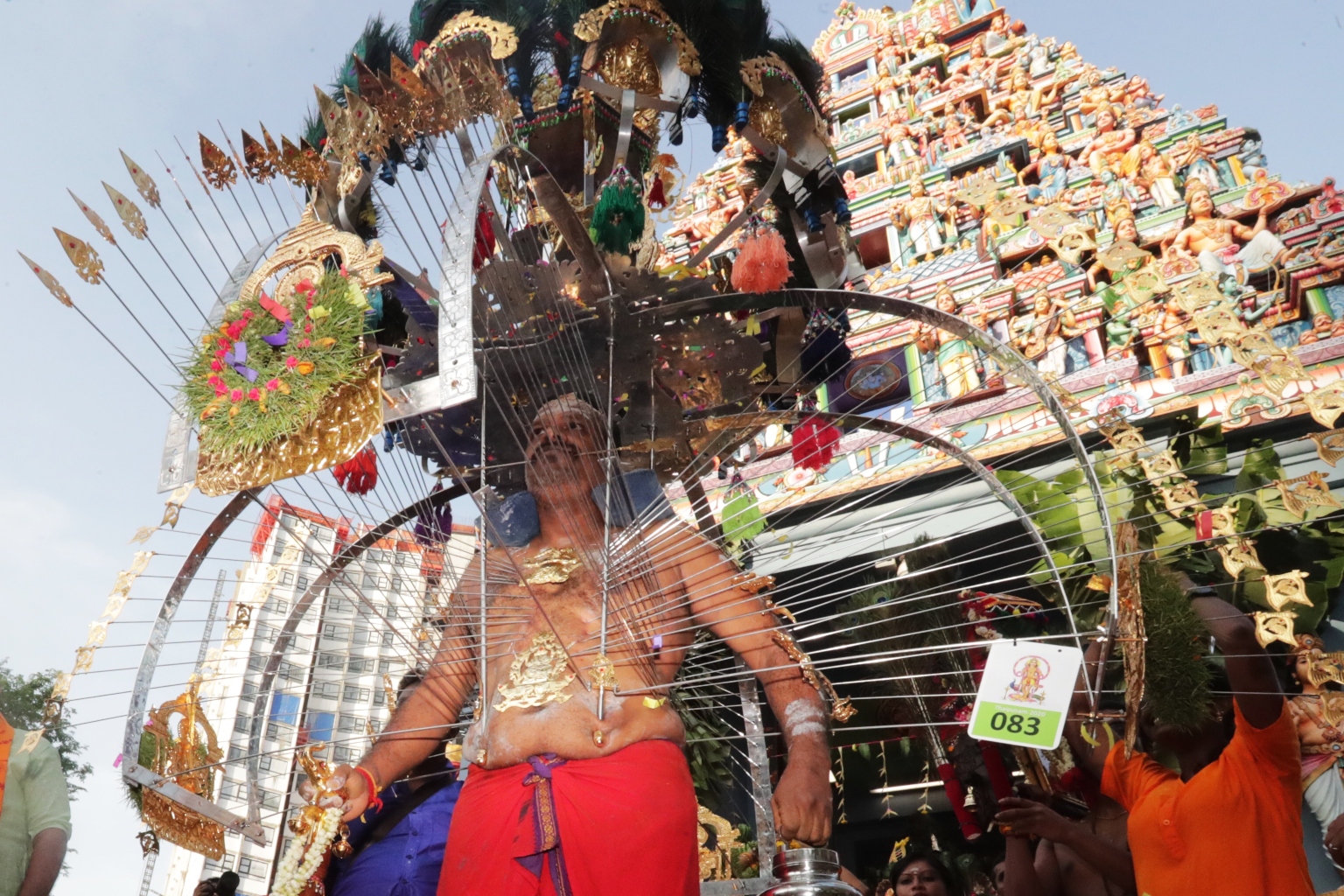
• A Hindu festival held on the full moon in the month of Thai in the Tamil calendar.
• The festival is dedicated to Lord Murugan, the Hindu god who symbolises bravery, power and virtue.
• Milk pots are often carried as offerings during a procession, while kavadis - arched frames made of wood and steel - are also carried by devotees to fulfil vows made, or as an expression of thanks to Lord Murugan.
9. Yusheng
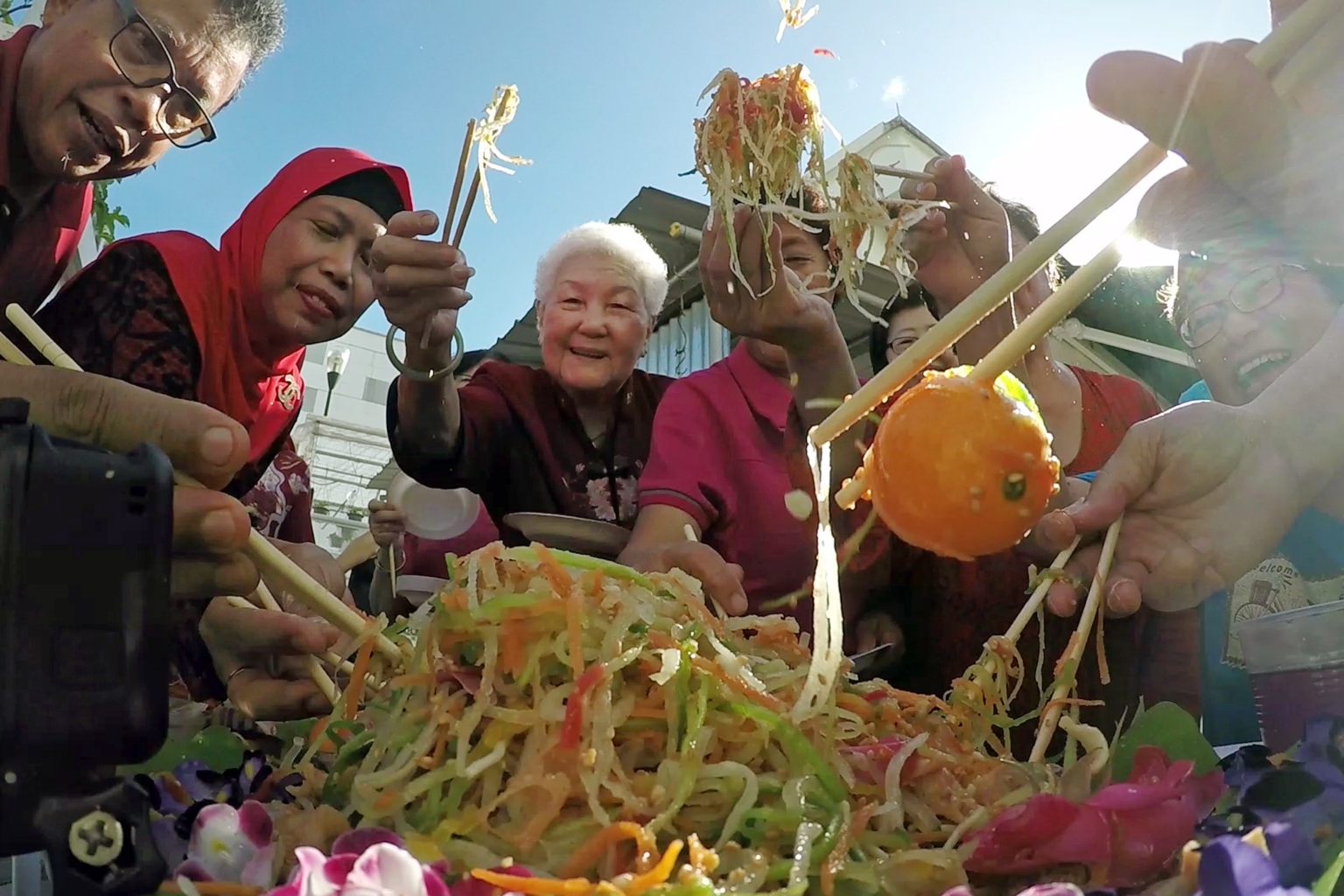
• Lohei, the communal tossing of yusheng, a salad of raw fish and other auspicious ingredients, is practised throughout the Chinese New Year with family and friends.
• Phrases to invoke blessings for the year are recited as the salad is assembled and tossed.
10. Peranakan beadwork and embroidery
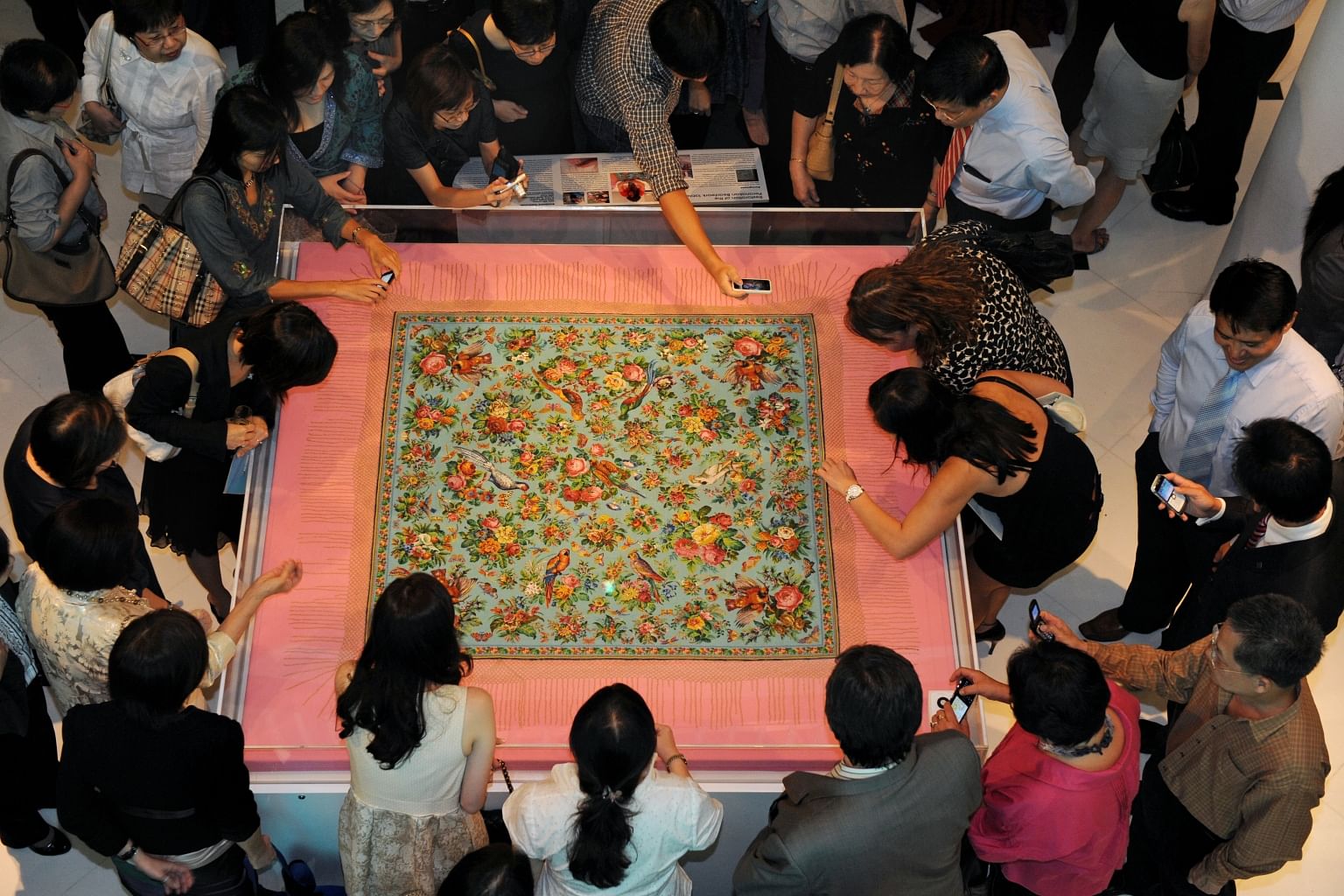
• The beadwork uses tiny coloured glass and metal seed beads. Beads may be attached using various methods such as stitching them individually onto an object or stringing them together onto thread, which is then fastened onto fabric.
• Peranakan embroidery borrows from the Chinese embroidery tradition in its use of materials, motifs and stitching techniques.
Source: ROOTS.GOV.SG, Text: NG KENG GENE
PHOTOS: NATIONAL HERITAGE BOARD, ST FILE
STRAITS TIMES GRAPHIC
Get The New Paper on your phone with the free TNP app. Download from the Apple App Store or Google Play Store now


